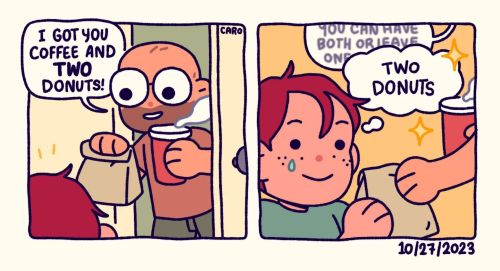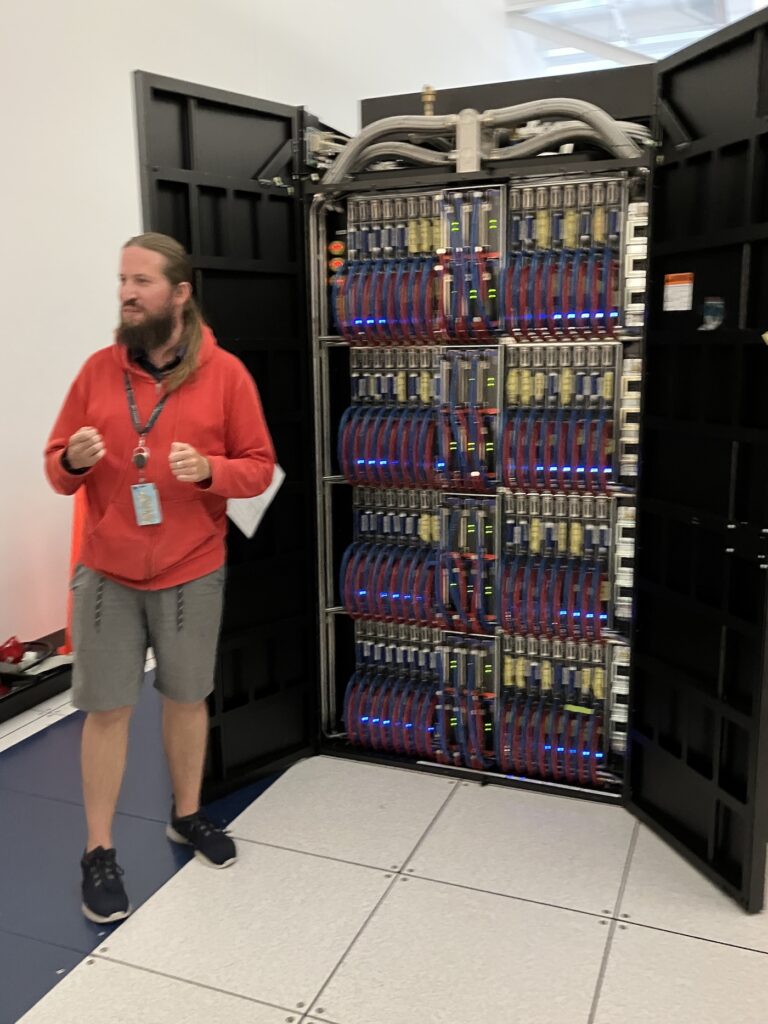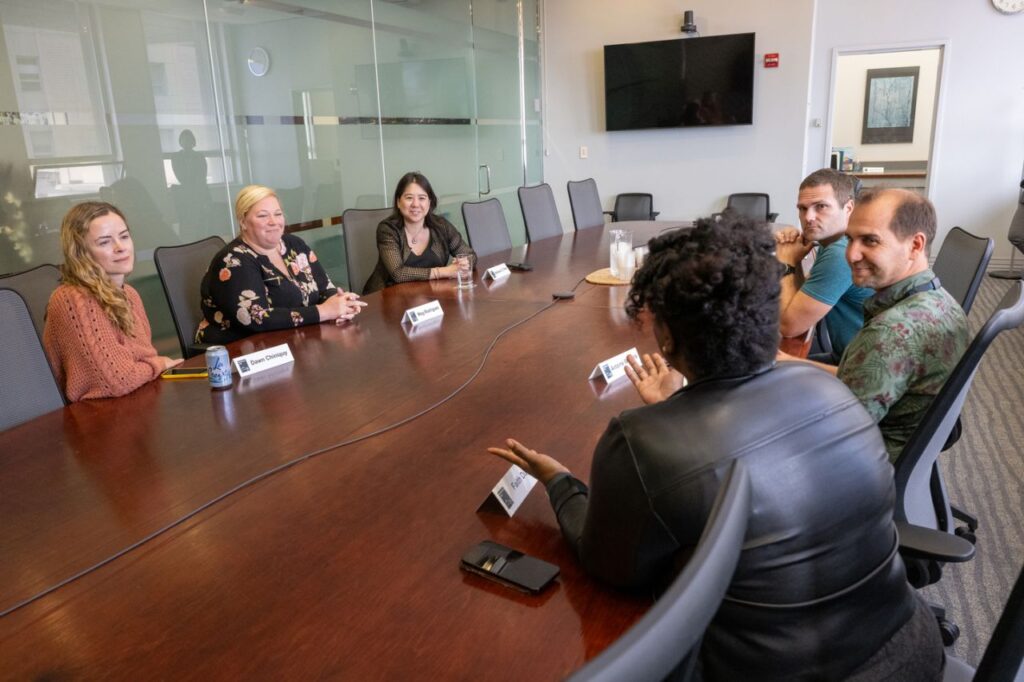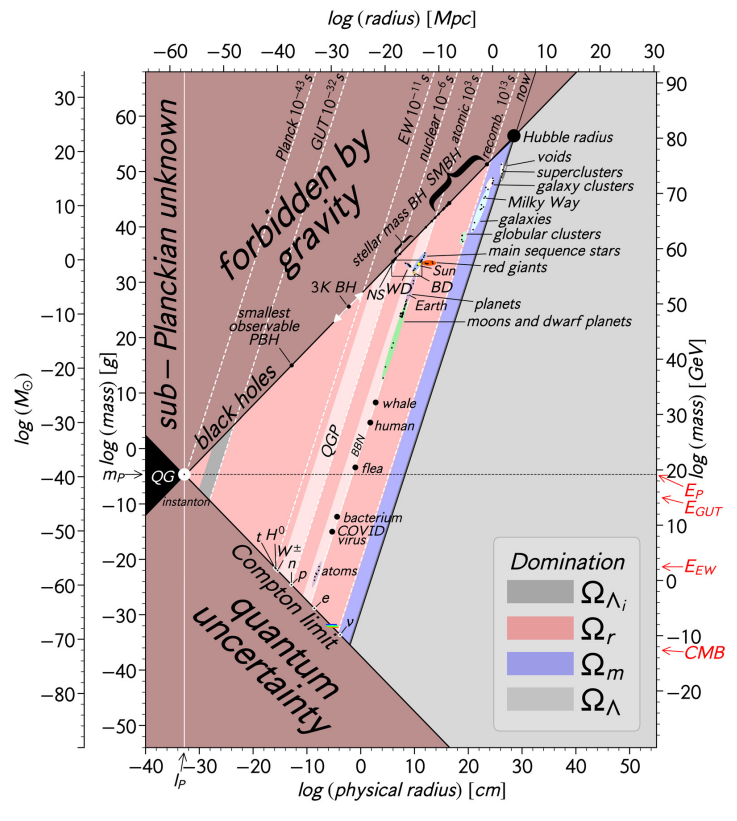I’ve read an interesting piece on Twitter from the always excellent Kareem Carr on the ladder of causation. I found it very interesting, because it allows you to go beyond the mantra “corelation is not causation“, and links statistics to the concept of falsifiability that Thomas Kuhn puts as central to sciences.
The Ladder of Causation
The Ladder of Causation has three levels:
1. Association. This involves the prediction of outcomes as a passive observer of a system.2. Intervention. This involves the prediction of the consequences of taking actions to alter the behavior of a system.3. Counterfactuals. This involves prediction of the consequences of taking actions to alter the behavior of a system had circumstances been different.I even read the book from which – “The Book of Why” [Full book on the Internet Archive] by Judea Pearl, a Turing prize recipient who worked on Bayesian network. The book quite illuminating, mentioning a bit too often dark figures such as Galton, Pearson and Fisher (it seems statistician get really high on their own supply.)






